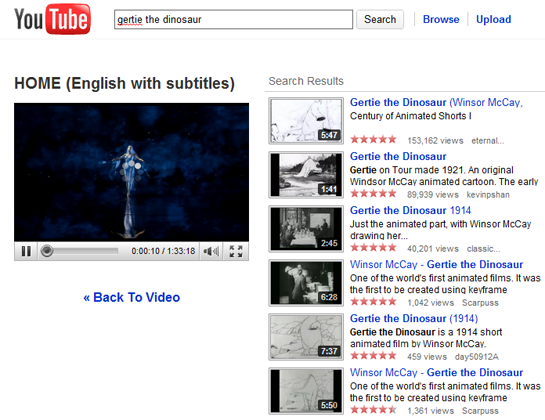 Parents these days seem to complain more and more about their kids being online too much, and a recent study by by the Kaiser Family Foundation indicates that they may spend nearly a third of their day — which in many cases is probably half their waking hours — using some form of technology. Among those between the ages of 8 to 18, 7.5 hours is spend feeding their electronic habits.
Parents these days seem to complain more and more about their kids being online too much, and a recent study by by the Kaiser Family Foundation indicates that they may spend nearly a third of their day — which in many cases is probably half their waking hours — using some form of technology. Among those between the ages of 8 to 18, 7.5 hours is spend feeding their electronic habits.
This is up over an hour from five years ago, when the foundation suggested that media usage could not rise much further. Well, it has.
Add to this the 90 minutes a day kids spend texting, and another half-hour they spend on the phone that wasn’t included in that figure, and you must think they’re never putting their gadgets down.
Kaiser’s findings are sure to add to those who subscribe to the “turn on, tune it, drop out” theory when it comes to technology. Nearly half of the heaviest users )16 hours plus) had grades of C or lower — essentially failing school — and that number dropped to under a quarter among the lightest users (3 hours plus). We should note here that while these hours sound too high, most media consumption among teens is done through multitasking, requiring far less time.
“The amount of time young people spend with media has grown to where it’s even more than a full-time work week,” KFF president and CEO Dr. Drew Altman said. “When children are spending this much time doing anything, we need to understand how it’s affecting them – for good and bad.”
Is it really technology’s fault, however? I’d argue that it isn’t. Parents must take responsibility in limiting their children’s media usage. Arguably in many cases we’re using video games, television, and other forms to “babysit” our kids, and its forming these bad habits and addictions.





 Quick reminder: I’ll be liveblogging the Nokia press event that’s being held in San Francisco on Thursday morning at 9am–and which apparently has something to do with the company’s OVI services platform. Join us at
Quick reminder: I’ll be liveblogging the Nokia press event that’s being held in San Francisco on Thursday morning at 9am–and which apparently has something to do with the company’s OVI services platform. Join us at 

 Rumor has it that Apple may be in talks with Microsoft to
Rumor has it that Apple may be in talks with Microsoft to